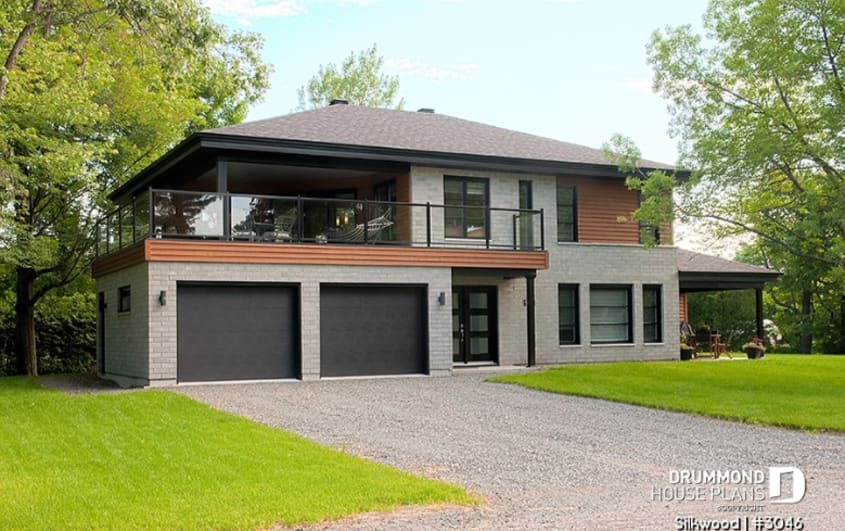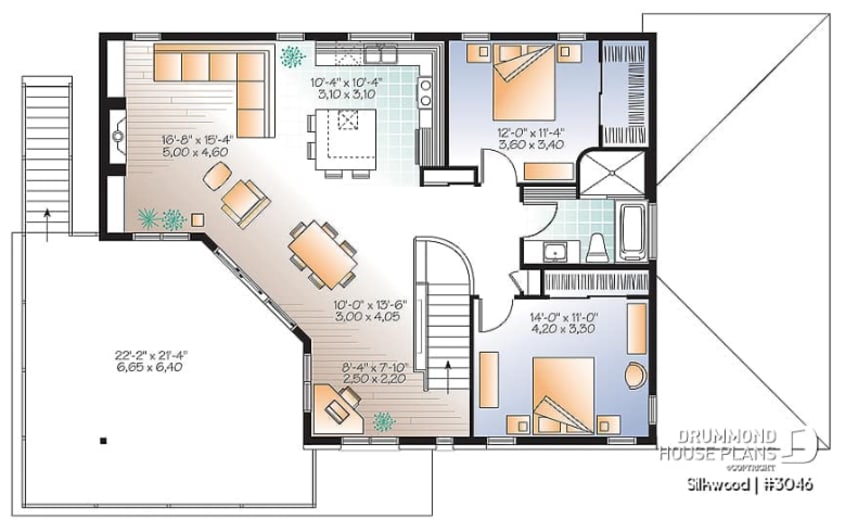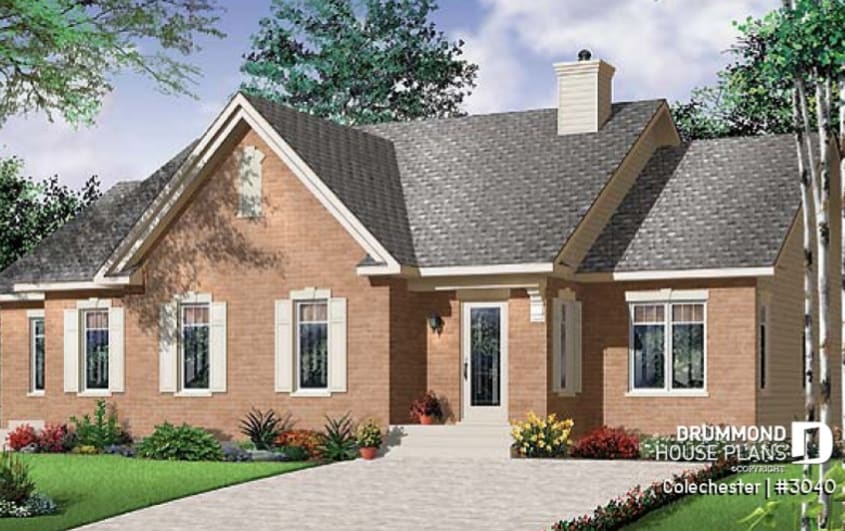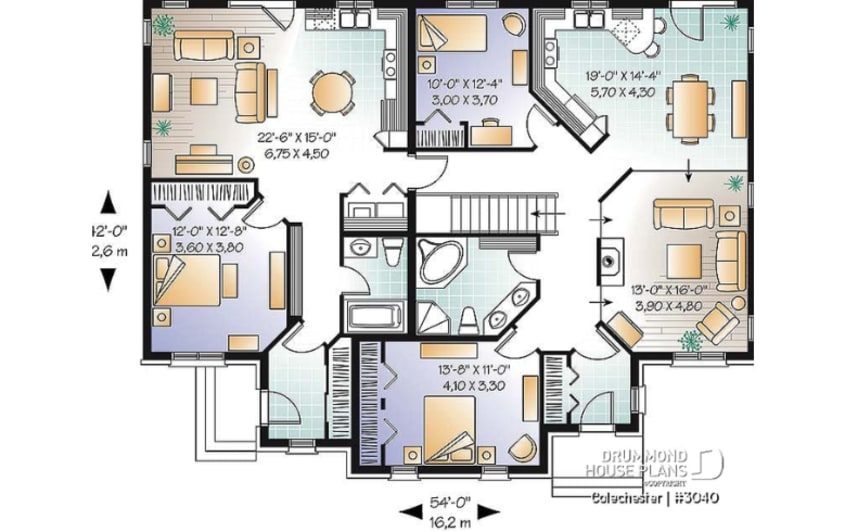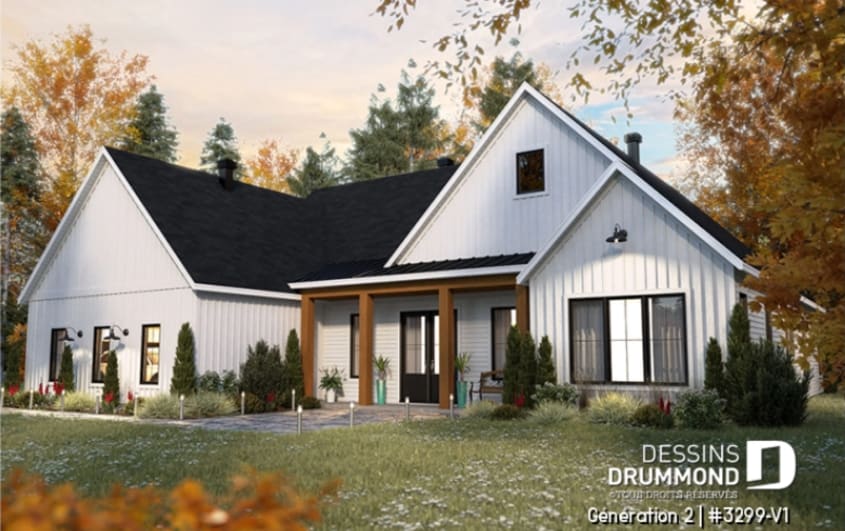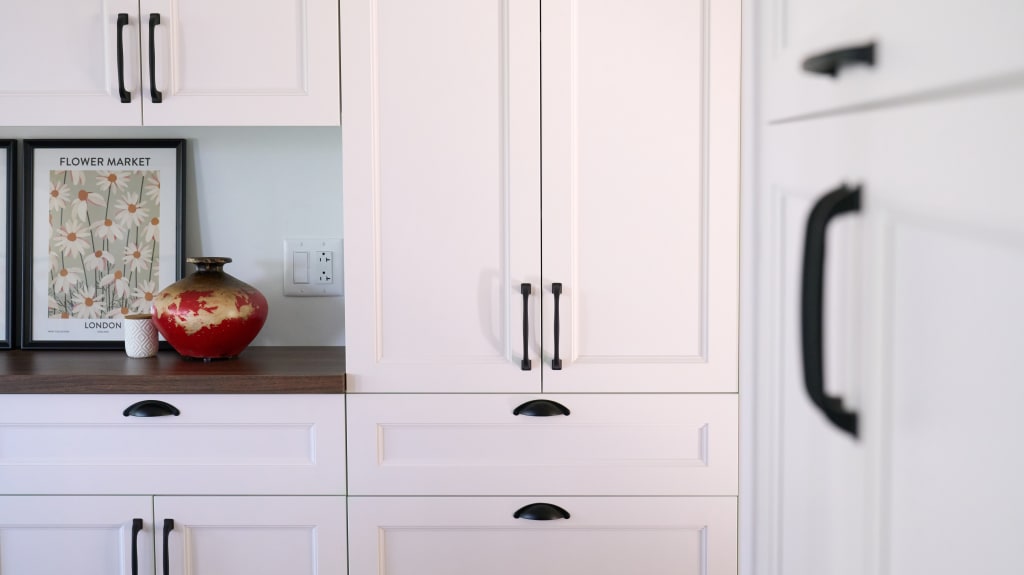If you’re looking for an affordable housing solution, a multigenerational home seems like a no-brainer. Not only does it cut down on day-to-day living expenses, but it also creates a sense of community and a support system within the household. Moreover, young family members get the opportunity to own their first property, while elderly family members don’t have to give up their house or live alone in a long-term care facility.
Unlike the cramped layouts of the 50s and 60s, contemporary intergenerational homes focus on striking the perfect balance between comfort and privacy. Some might even say that they’re diverse and dignified housing solutions for folks from a variety of cultures. Read on to learn more about multigenerational homes and if they’re the right fit for you!
What is a multigenerational home?
A multigenerational home is a residential property that can house three or more generations of family members (e.g., an elderly couple, their children, and their children’s children). Bigenerational houses are similar, but they only have room for two generations. These types of properties often appeal to older adults, but young adults are embracing them to gain independence.
In most cases, intergenerational houses are single-family homes with two separate units: a large primary unit and a small secondary unit. This gives all family members some much-needed privacy. The units have two separate entrances and, in some cases, a door inside that connects them. Despite having two separate living areas, this property counts as one home with a single address and tax bill.

The pros and cons of an intergenerational home
While there are some advantages with this household structure, it’s not for everyone. Here are some things to consider before taking the plunge.
Advantages of multigenerational houses
From a human, economic, and environmental perspective, there are several benefits to having multiple people living under one roof.
First, there are the financial savings. Family members can pool funds for a larger down payment, allowing them to have more options when buying or building a property. Further, they can split mortgage and property tax payments, as well as costs related to home maintenance and repairs. Big ticket items like barbeques and snowblowers also won’t clean out your bank account when several people are chipping in to pay for them.
Next, there’s community. Living with others can help keep isolation and loneliness at bay. If you feel comfortable, you can reach out to and spend time with your loved ones. You can also ask them to take care of the kids after school, pet sit when you’re on vacation, and help make dinner for everyone.
Choosing a multigenerational home also aids in the fight against climate change. It increases the population density, which comes with benefits like better access to health care and increased life expectancy. Sharing a home also makes carpooling possible.

Disadvantages of intergenerational homes
It’s easy to get swept up in the excitement of building or buying an intergenerational home, or even transforming an existing property into one. Just don’t forget about the potential cons of this type of household structure.
While bringing together family members gives you more purchasing power, finding the perfect home won’t be easy. Before you start house hunting, have a group conversation about needs, wants, and nice-to-haves.
One person may want to live within walking distance of work, while others may dislike that area of town. Some family members may love closed layouts with many small rooms, while others want to embrace an open concept space. Don’t forget about storage, parking, or accessibility needs either. Will you be able to make a compromise?
Also, as painful as it is to think about, older adults may have to move into a long-term care facility for more support. Suddenly, you’re left with a large empty space. You probably won’t want to rent this space out to strangers, that is, if local bylaws even let you.
All in all, this situation could come as a pretty big blow, especially if you invested a significant amount of money into converting your house into an intergenerational home. Changing it back may not be feasible or even possible.

How do you build a multigenerational home?
If you’ve weighed the pros and cons of a multigenerational home and think it’s a good idea for your family, it’s time to start planning! First things first, you need to decide the best way to bring everyone together under one roof. Here are your options:
Adding on to an existing home
Designing and building a new home
Purchasing an intergenerational home
If you’re considering a home addition, call the City and find out what the rules and regulations are before reaching out to a contractor.
Some regions won’t allow you to build this type of dwelling, while others may allow it but have strict rules. Here are some examples of bylaws you may have to navigate:
Secondary suites or units cannot be larger than half the size of the original house (e.g., no larger than 700 sq. ft. in a 1,400 sq. ft. home)
Units cannot be rented to non-family members
Homes must have a single main entrance with a shared foyer
Thinking of buying a multigenerational home? Make sure that the City allows this type of housing. Even if the property you’re interested in is listed as a bigenerational, intergenerational, or multigenerational house, it could have been built or converted illegally.
Adding on to an existing home
Before committing to this type of renovation project, you need to review home addition costs and set a realistic budget. If you don’t want to burn a hole through your wallet, consider converting a garage into an apartment. Since there are already walls, floors, and doors in place, the work will be less extensive. All that’s left to do is install a real floor (i.e., not cold, ground-level concrete) and create a layout with a kitchen, bathroom, and bedroom.
If you live with someone with limited mobility, visibility, or coordination, make sure they’re involved in the home adaptation process. Features like grab bars, walk-in showers or bathtubs, brightly coloured or enlarged controls (light switches, faucets, etc.), and pocket doors can make a world of difference. Not only will it help your loved one feel confident in their new environment, but it’ll also maintain their dignity and autonomy.
Keep in mind that, for a project of this magnitude, you’ll need an architect or technologist to approve your floor plans before you can apply for a permit.
Types of Home Additions | Starting costs (CAD) |
Storey addition (unfinished) | From $195 to $235/sq. ft. |
Storey addition (turnkey) | From $225 to $270/sq. ft. |
Addition on piles (unfinished) | From $195 to $235/sq. ft. |
Addition on piles (turnkey) | From $225 to $270/sq. ft |
Addition on foundation/slab (unfinished) | From $225 to $270/sq. ft |
Addition on foundation/slab (turnkey) | From $265 to $310/sq. ft. |

Building a multigenerational home
If building a multigenerational home is in the cards, then take some time to hold family discussions about wants and needs in terms of design. Nail down the common and private areas, as well as their ideal locations. Decide if you want a door that connects the suites from the inside. And of course, be sure to consider any disabilities that may impact the floor plan (e.g., limited mobility, visual impairment).
One of the advantages of building your own home is that you can choose anything from Art Deco to Victorian, as long as it’s within your budget. Multigenerational homes look like any other single-family home – chat with your family and come up with an aesthetic you’ll all love.
Once you have a list prepared, bring in an architect or architectural technologist to draw up your plans. Together, you can design the perfect intergenerational home for your family.
Types of New Builds | Starting costs (CAD) |
New construction (ground floor only) | From $235 to $265/sq. ft. |
New construction with storey | From $190 to $220/sq. ft. |

Buying an intergenerational house
You can also try shopping around for a multigenerational home, but it may be challenging. Despite the sharp increase in multigenerational homes (45% since 2001), they’re still hard to find. In Ontario, only 3.9% of homes fall into this category, with a grand total of 7% across Canada.
That said, you might be able to find a multigenerational home if you know where to look. Check out areas with large Aboriginal communities or immigrant populations. For example, Brampton, Ontario, has a large South Asian population and one of the highest percentages of multigenerational households (28%) in Canada.
“Multigenerational homes are a trend that is starting to become more common,” says Raj Masrani, Broker of Record at FairSquare Group Realty. “Coming from a South Asian background, multigenerational housing was almost an expectation for many reasons, but when embarking on a co-housing venture, it’s best to make sure all parties understand the scope of buying and living together.”
Both rising housing costs and an aging population are driving the demand for multigenerational homes. Unfortunately, Ontario currently has a housing supply problem and lacks housing diversity. Most residential properties are designed with nuclear families in mind, and these types of homes fail to accommodate a variety of demographics and lifestyles. The market and urban design practices may evolve as homeowners invest in more inclusive housing solutions.
“There are so many benefits to multigenerational homes,” says Masrani. “With current market conditions, it allows first-time buyers to get their foot in the market, and people with homes to upgrade can create a win-win for all parties.”

Subsidies and tax credits for multigenerational homes
There are currently no subsidies available specifically for new builds or additions to create a multigenerational house. However, the federal government plans to introduce a new multigenerational home renovation tax credit. For instance, this would allow families to add a second unit to their home and claim 15% of renovation costs up to a maximum of $50,000.
The Government of Canada also offers a GST/HST rebate on the purchase or construction of a new home as well as for major renovations. The same is true for the QST rebate in Quebec.
There are also various aids for supporting a family member, including a tax credit to help seniors stay in their homes and a tax credit for home accessibility (federal) or for the purchase and rental of items to extend independence (provincial). Both can be applied to the installation of a wheelchair ramp or a walk-in bathtub, for example.
Finally, some cities participate in the Rénovation Québec program, which aims to improve housing in rundown residential areas. Contact your municipality to find out if you live in an eligible sector and what type of assistance may be available to you.
Intergenerational home ideas and house plans
Whether you’re building a new home or adding on to an existing one, there are some details that shouldn’t be overlooked. Drummond House Plans notes that having older adults situated on the ground floor or using a layout with wide doors and hallways can make a difference for folks with disabilities and/or limited mobility or coordination.
Here are a few multigenerational house plan ideas to consider for your new home build.
Silkwood, a contemporary classic
Silkwood’s layout gives each family their own outdoor space: a sheltered terrace over the garage for the young family and a sheltered patio to the right for the grandparents living on the ground floor. The shared entrance provides access to both units as well as the garage.
Colchester, a stylish ranch
A unique bungalow, Colchester has two separate entrances, each with a large closet. The smaller unit’s laundry room is also located on the ground floor, saving the occupants a trip downstairs to the basement to wash clothes.
Génération 2, a modern farmhouse
In Génération 2, each family has their own space. There’s a large, shared pantry and laundry room at the heart of the home as well as a shared terrace that can be accessed from each unit’s living room. You can access the smaller unit through the double garage.
For more ideas, check out the Malvern country home and the more European-style Angeline 2.
Tips for living in a multigenerational home
If a multigenerational home is in the cards for your family members, that’s great! Figuring out the type of home and location can take some time, but it’s smooth sailing after that… at least, with some work.
The foundation of every healthy relationship is open communication. Are you okay with people coming into your home without knocking, or do you want them to text you to ask first? Does there need to be quiet at certains points of the day? How will chores be split up? Discuss all of this and more in advance, and consider putting procedures in writing, to help everyone respect boundaries and avoid unnecessary conflict!
Talking about money can be uncomfortable at times, but it’s best not to avoid it. Everyone needs to know what they’re responsible for, whether it’s the down payment, the mortgage, or rent. If possible, get it all in writing and sign a contract together. This way, everyone knows who is responsible for future repairs and home maintenance, what happens if one family wants to sell their unit or to leave, how profit will be divided if the house is sold, etc.
Of course, you can also chat with people who live in roommate households or intergenerational homes. It’ll help you gain insight into what it’s like to live with others and the complications that can arise.

Embrace affordable living and community with an intergenerational home
Emotional support, quality time, lower living expenses, shared household responsibilities… living with loved ones comes with many benefits. If planned well, it can be a truly enriching experience. Before you commit, be sure to understand everyone’s needs and boundaries. And of course, if you plan to buy or build your home, make sure it’s legal. For more information on multigenerational houses, check out our video.



